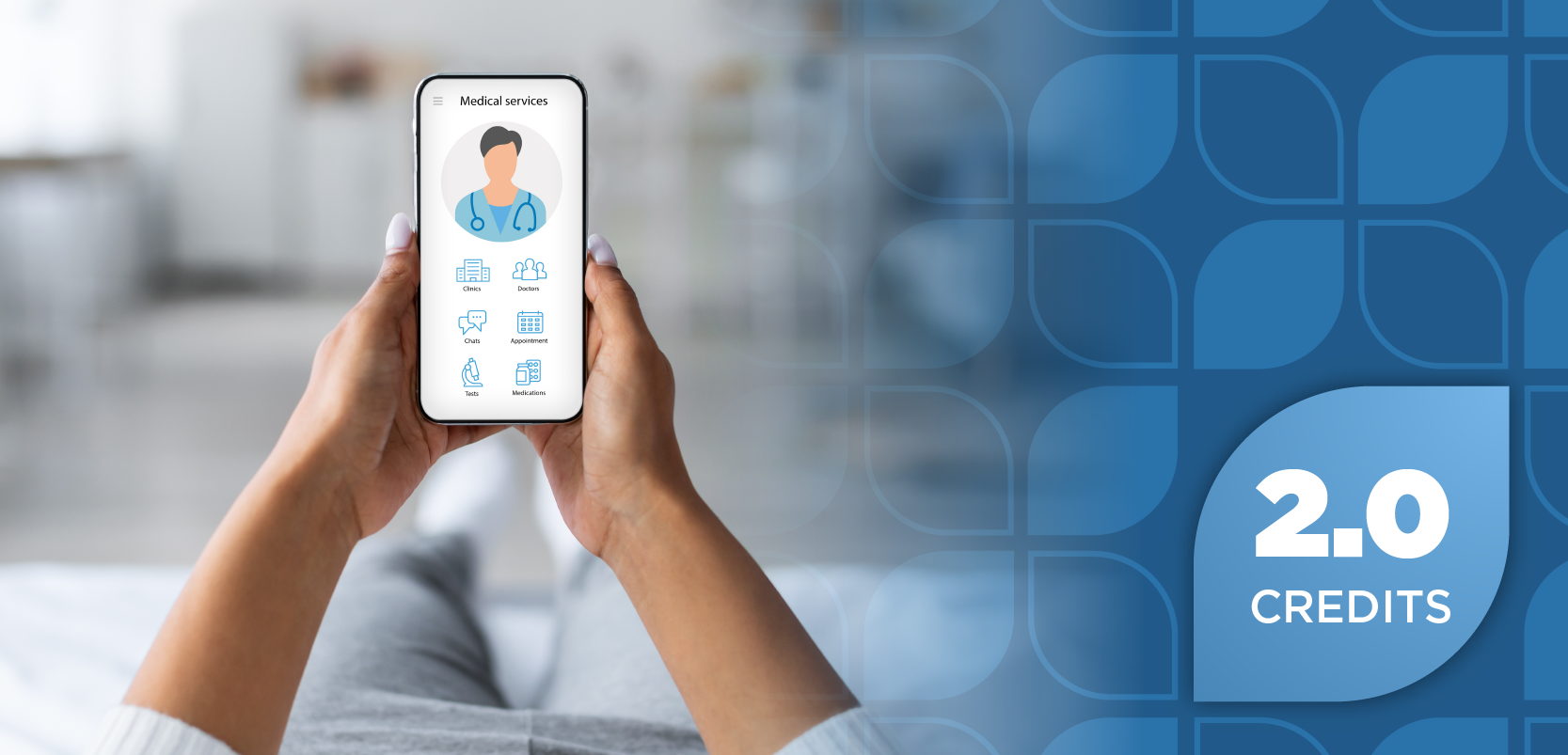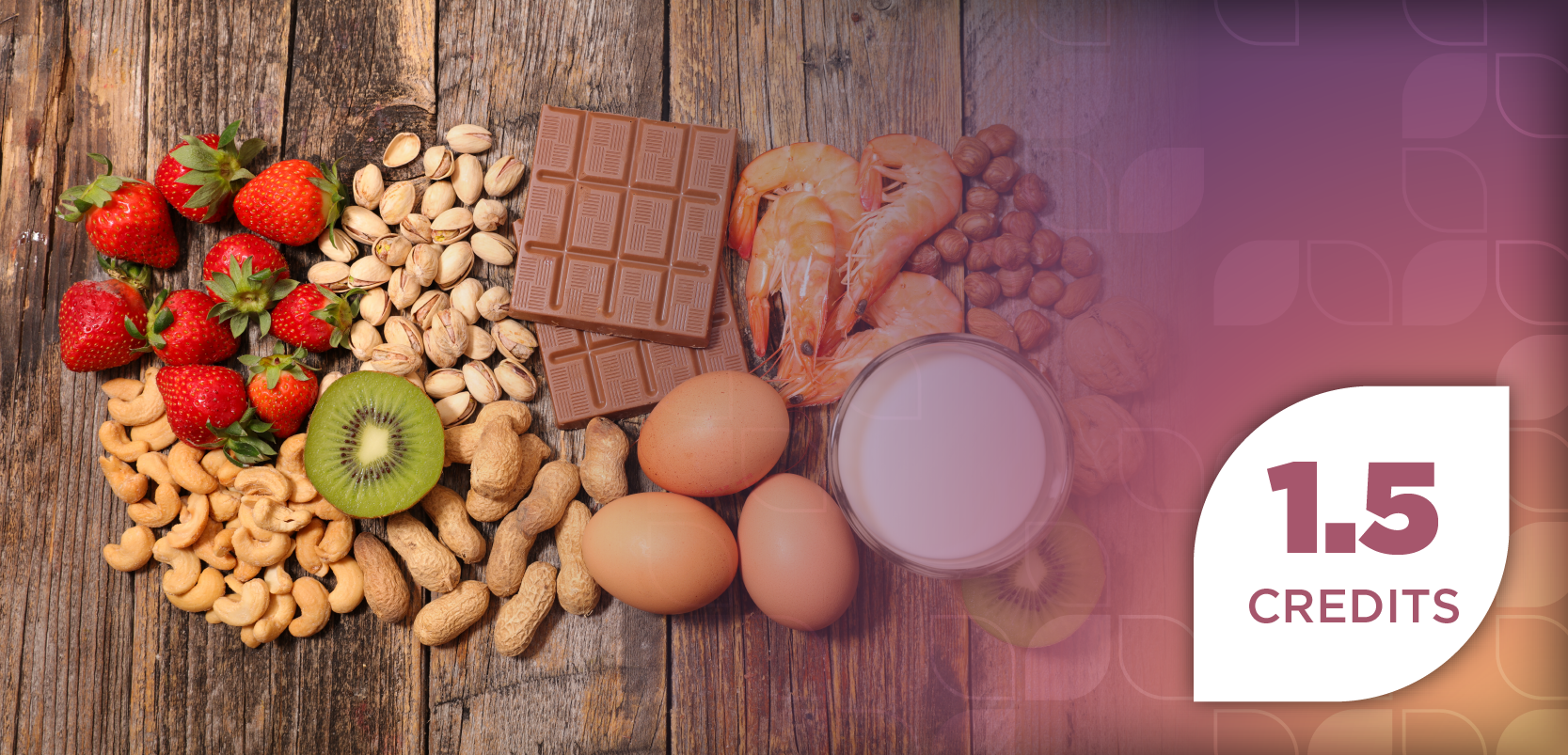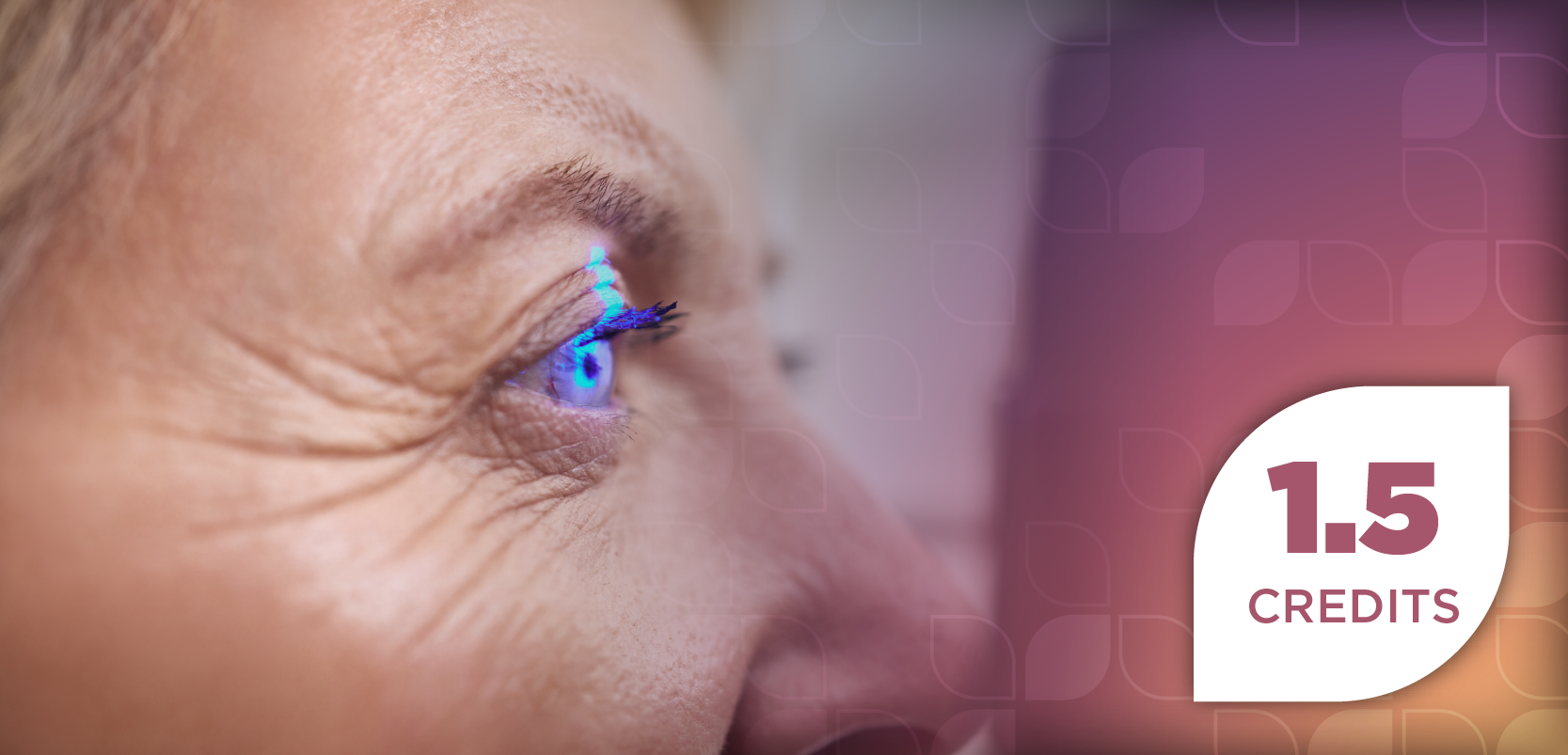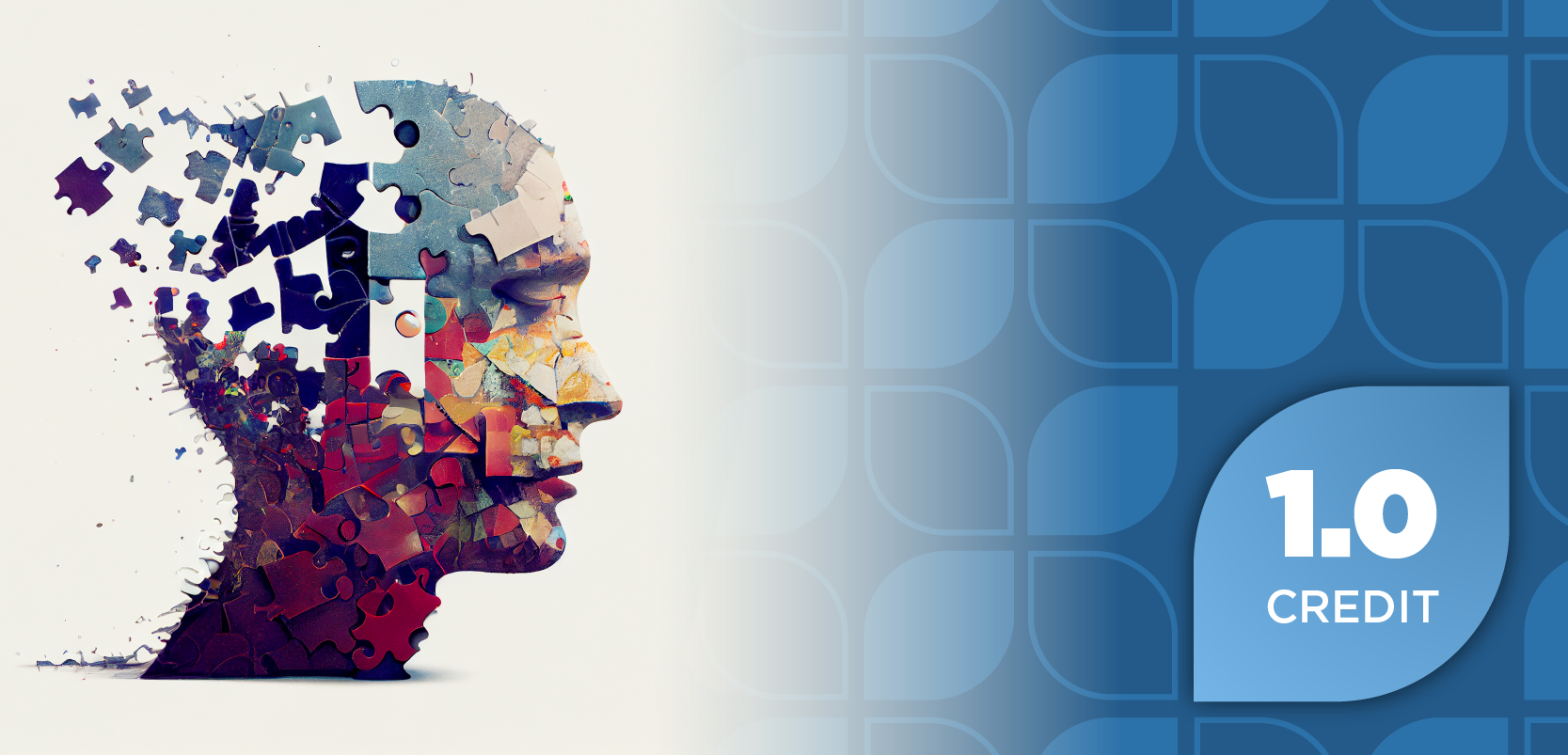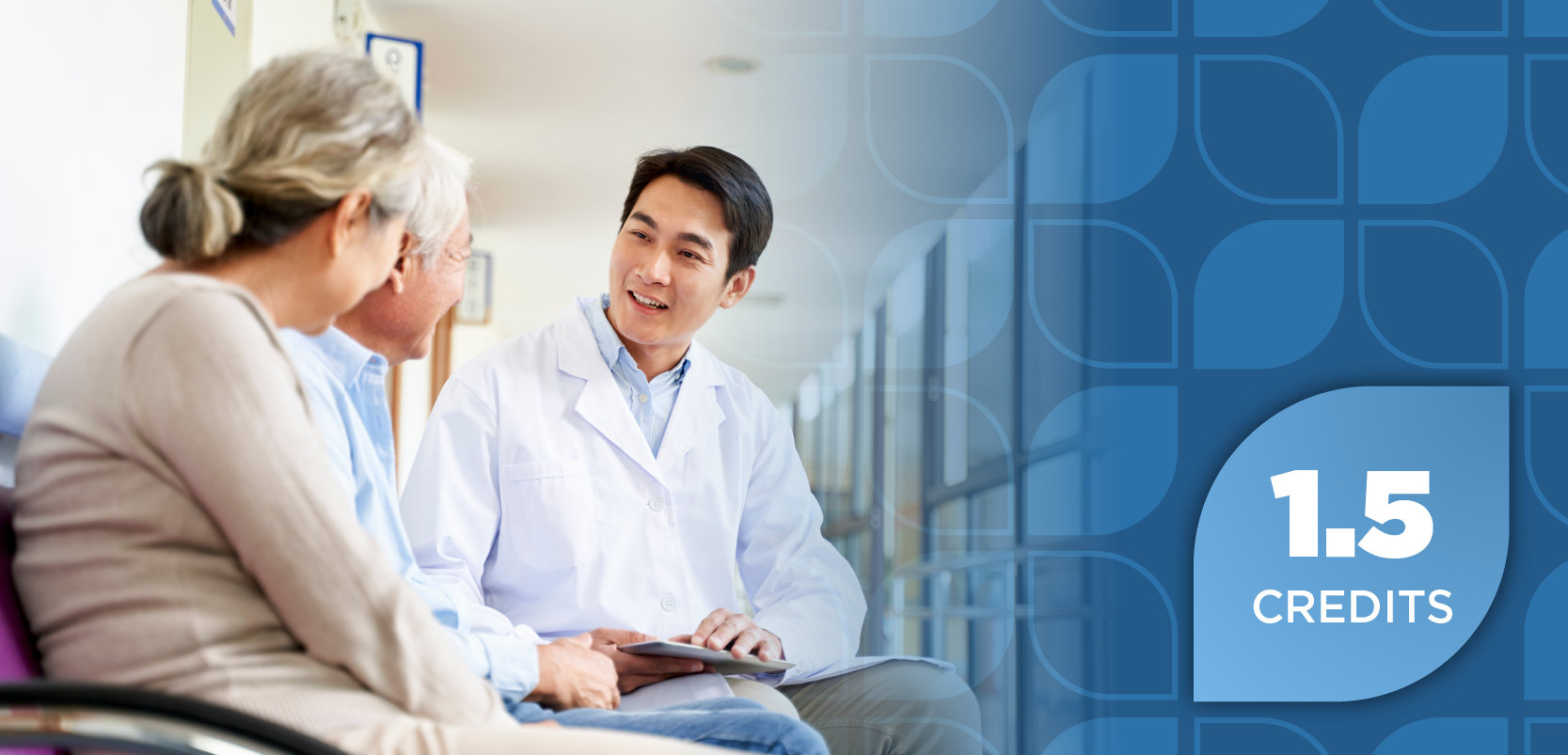Biosimilar Insulin Linked to Lower Prices in Europe
The introduction of insulin glargine biosimilars is associated with significant price reductions across European markets.
Increased access to
Growing pharmaceutical medication costs are threatening the equitable access to treatments and sustainability of health care systems, the authors noted. Across Europe, biological medicines constitute 35% of the total pharmaceutical expenditure. Europe is the second-leading region in the global market for biologics, which is projected to grow to $85 billion by 2030.
Insulin, a peptide hormone that regulates blood glucose levels, is one of the most widely used biological medicines. Of the 500 million people globally who live with diabetes, about 71 million of them rely on insulin.
For the past 2 decades in the US, pharmaceutical companies have raised insulin list prices annually, making the drug increasingly unaffordable.2 Gross sales of the 4 leading insulin products in the US more than doubled between 2012 and 2019, from $13 billion to $27 billion. Reports have shown patients with diabetes often ration or forego insulin treatments to save money, leading to exacerbated symptoms and comorbidities.
Global pricing barriers also impact insulin access.1 Novo Nordisk, Eli Lilly, and Sanofi represent 88% of insulin product registrations. These companies control 99% of the market by value and 96% by volume. Overall, the market was worth $36 billion in 2020. “This unprecedented market expansion, together with the established domination of the aforementioned companies, globally has kept the price of insulin high,” the authors explained. However, there is little evidence on how biosimilar insulin prices are affected by growing market share, and multinational data in Europe is limited.
On average, insulin glargine biosimilars achieve a 26% market share after 5 years on the market.3 Sanofi's dual pricing strategy may have slowed the market uptake of insulin biosimilars, allowing Lantus, both branded and unbranded, to remain the market leader.
In this new study, the researchers conducted a retrospective, quantitative, longitudinal study on the price changes of insulin glargine on the national market across 28 European countries between 2013 and 2023.1 All countries are members of the European Union except for Iceland, Norway, Switzerland, and the United Kingdom.
Sanofi marketed the originator drug in all countries in the study as of 2013. Both Abasaglar (Eli Lilly) and Semglee (Viatris) are insulin glargine biosimilars that were included in the observed markets.
The majority of observed countries had only 1 marketed biosimilar (64%), while a quarter (25%) of countries had 2 marketed biosimilars, and 7% of countries had no marketed biosimilars. All surveyed countries, except Switzerland, experienced price reductions of the originator product from quarter 1 of 2013 to quarter 1 of 2023.
During the 10-year period, the average price of the originator decreased by 21.6% (P < .001) in all 28 countries. The countries that had only 1 marketed biosimilar had an average 22.2% price reduction in the same observation period (P < .001) while countries with 2 marketed biosimilars had a median 21% (P < .001) price reduction.
The average price of insulin glargine in all countries significantly decreased over time. However, researchers found substantial price differences for the same product between different regions and for different products within the same country. For instance, the price of Lantus ranged from $7.97 (€7.7) in Poland to a maximum of $16.14 (€15.6) in Switzerland, Abasaglar ranged from $6.31 (€6.1) in Poland to $13.56 (€13.1) in Switzerland, and Semglee ranged from $6.21 (€6.0) in Slovakia to $11.18 (€10.8) in Spain.
In 2022, the median price for originator insulin was $9.28 (€9 [IQR, $8.35-$10.73]), the biosimilar Abasaglar was $9.18 (€8.9 [IQR, $7.84-$10.42]), and the biosimilar Semglee was $7.22 (€7 [IQR, $7.01-$7.73]). The cost of the originator product was significantly more than both Abasaglar and Semglee biosimilars (P = .009).
A pooled regression analysis found the average price decreased immediately after a biosimilar entered the market. The event coefficient indicated an immediate average price decrease of 0.842 units (P < .001), while the long-term trend coefficient showed prices continued to decline at a rate of 0.054 units per quarter after biosimilar market entry (P < .001).
Most countries included in the study experienced significant price reductions. However, some countries experienced immediate price increases, like Switzerland (P < .001) and Denmark (P = .018). Statistically significant long-term trends indicated ongoing price reductions after the biosimilar entered the market.
The study analysis provided a general estimate of the average effect of the first biosimilar entry and suggests an immediate and sustained price reduction. The variations in responses across countries likely reflect the influence of diverse regulatory environments, market competition levels, and pricing mechanisms.
The lack of reported reimbursement data led to reliance on net retail prices, a potential study limitation. The study did not determine data on sales volumes and respective market share for this quantification. Additionally, the researchers were not able to assess for other possible events in individual countries, like policy changes, nor did they analyze individual country policies, such as reference pricing.
"The future of insulin affordability strongly relies on policy-makers and national authorities to create an adequate environment made of transparency, healthy competition, price setting and negotiations, and up-to-date education for both people and providers,” the authors concluded.
References
- Morolla D, Beran D, Ewen M, Raviglione M, von Schoen-Angerer T. Role of biosimilar introduction on insulin glargine prices: a retrospective analysis in 28 European countries. BMJ Open. 2025;15(1):e090484. doi:10.1136/bmjopen-2024-090484
- Jeremias S. FTC takes legal action against 3 largest PBMs over insulin costs. The American Journal of Managed Care®. September 20, 2024. Accessed February 11, 2025.
https://www.ajmc.com/view/ftc-takes-legal-action-against-3-largest-pbms-over-insulin-costs - Santoro C. Biosimilar market share: growth and price trends in Q1 2025. AJMC®. January 23, 2025. Accessed February 11, 2025.
https://www.ajmc.com/view/biosimilar-market-share-growth-and-price-trends-in-q1-2025
Newsletter
Stay ahead of policy, cost, and value—subscribe to AJMC for expert insights at the intersection of clinical care and health economics.
Related Articles
 AML Survival After 3 Years in Remission Comparable With General Population
AML Survival After 3 Years in Remission Comparable With General PopulationSeptember 20th 2025
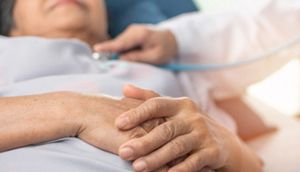 AHA Launches New Initiative to Help Patients With Heart Failure
AHA Launches New Initiative to Help Patients With Heart FailureSeptember 20th 2025
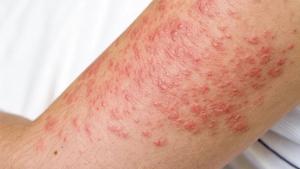 CSU More Burdensome in Female Patients, Especially in Midlife
CSU More Burdensome in Female Patients, Especially in MidlifeSeptember 20th 2025
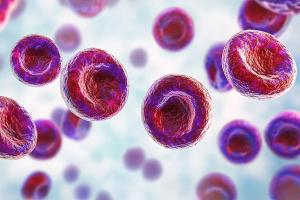 Pirtobrutinib Shows Clinically Meaningful PFS Improvement in Frontline CLL
Pirtobrutinib Shows Clinically Meaningful PFS Improvement in Frontline CLLSeptember 19th 2025
 Rocatinlimab AD Combo Therapy Safe, Effective Over 24 Weeks
Rocatinlimab AD Combo Therapy Safe, Effective Over 24 WeeksSeptember 19th 2025


